FAA Transponder Requirements Explained
Pilot Institute
DECEMBER 27, 2024
If the aircraft also has ADS-B In equipment, it can receive the following: Weather updates (FIS-B) Traffic information (TIS-B) Position reports from nearby aircraft This relationship between Mode S and ADS-B is important because in many areas where a Mode C transponder is required, ADS-B Out is also required.

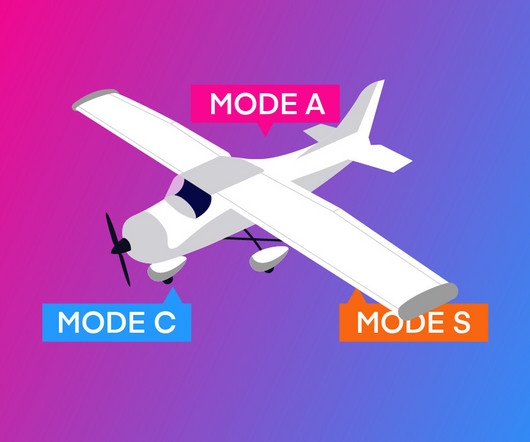

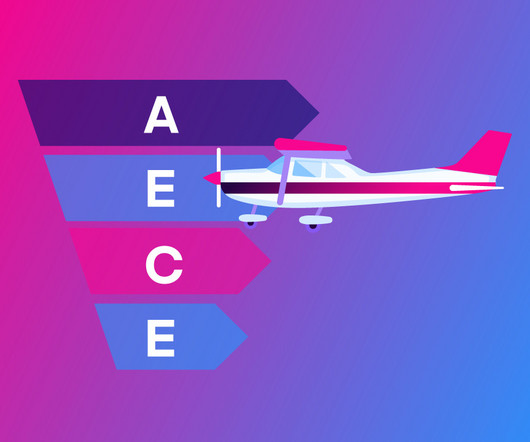



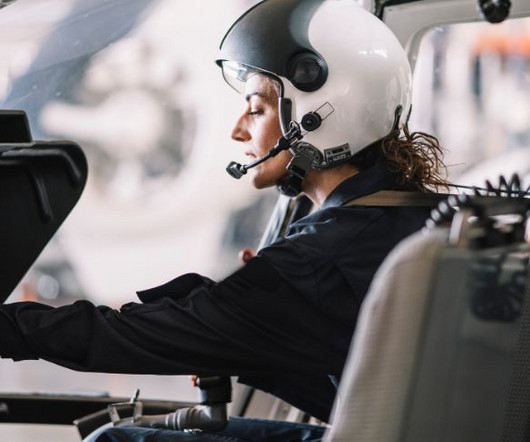
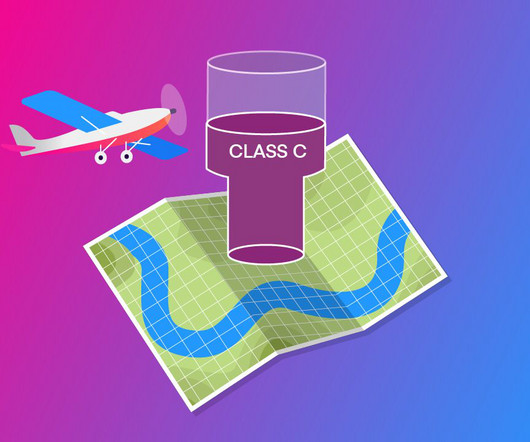

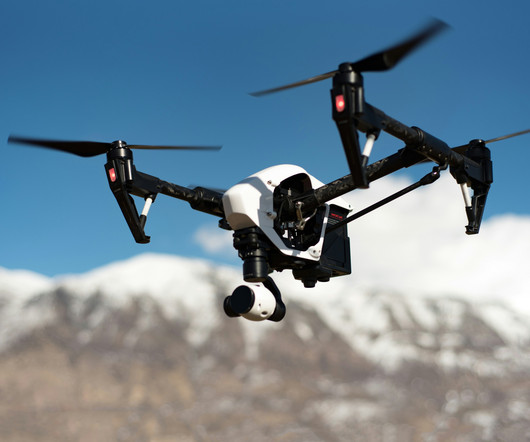







Let's personalize your content